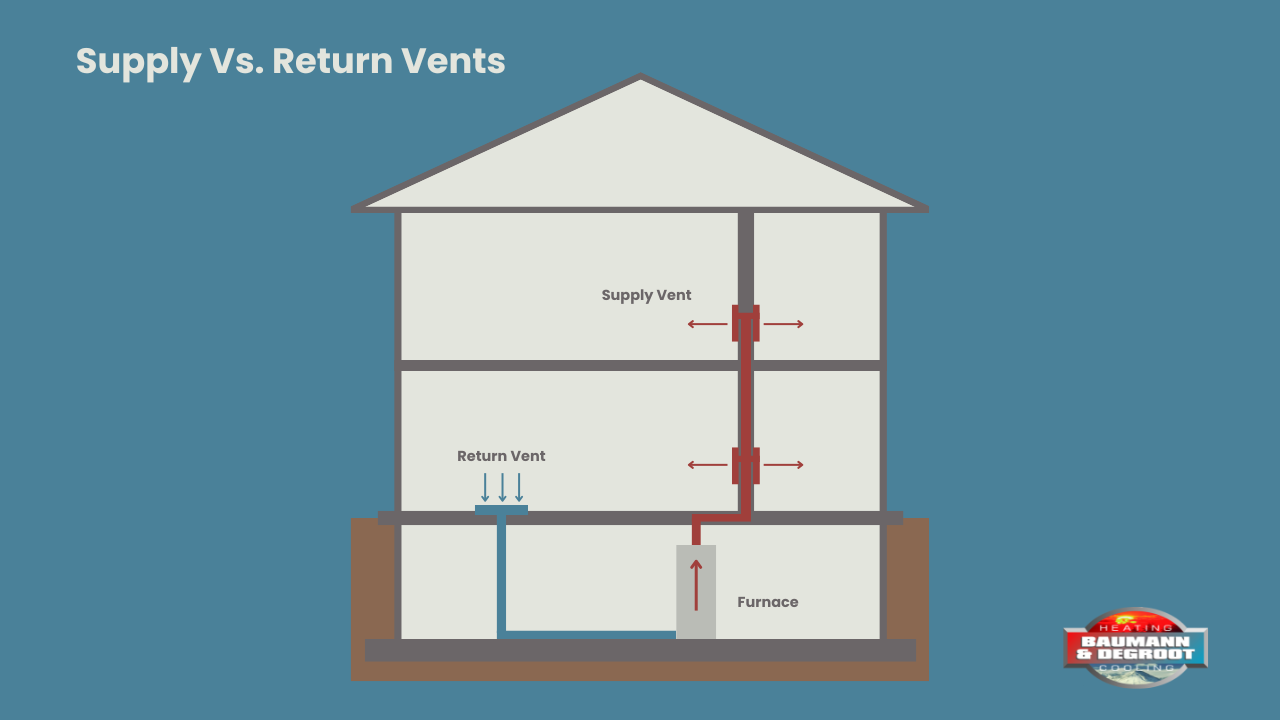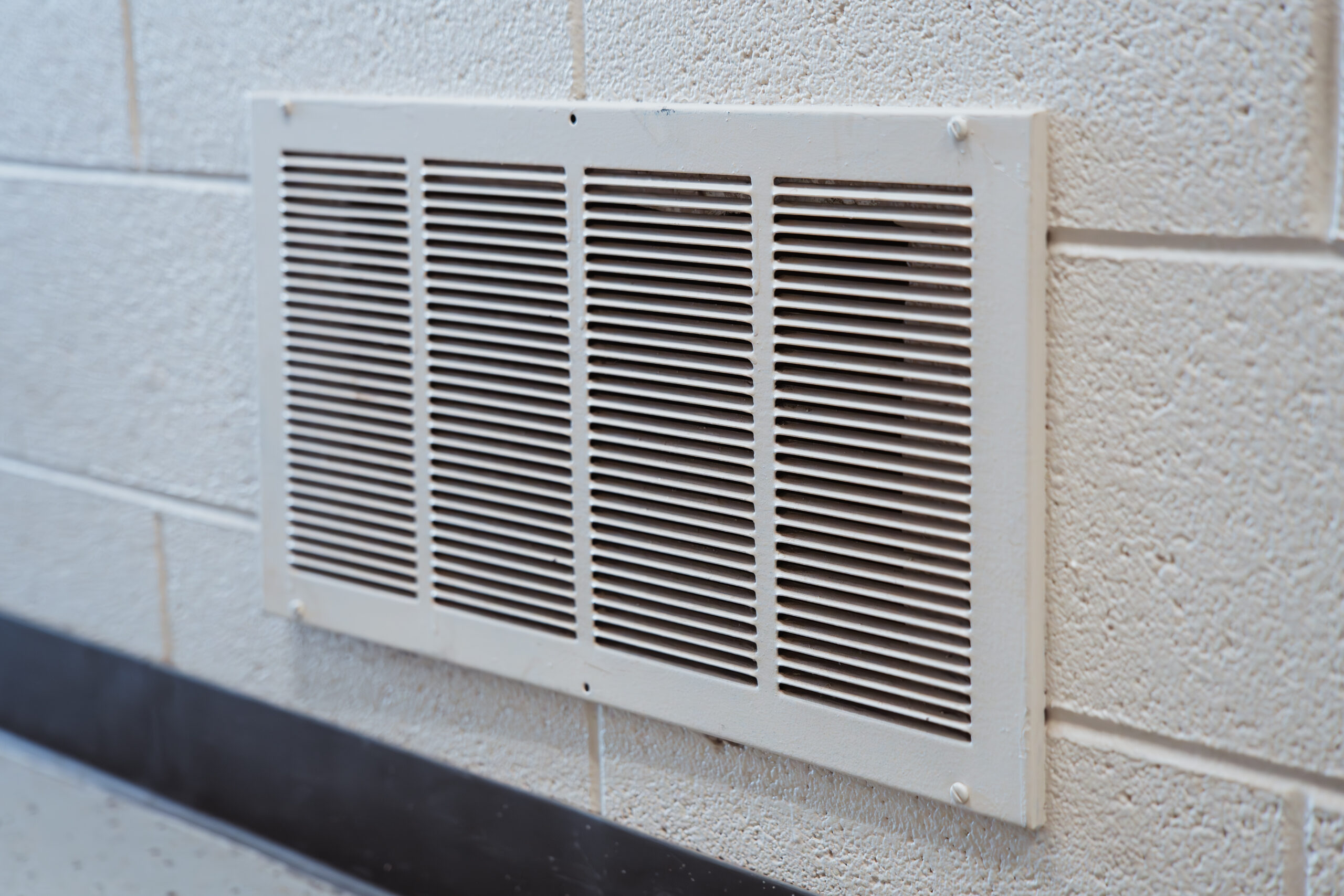Understanding The Different Types of HVAC Vents
When it comes to maintaining a comfortable and efficient home, your HVAC system plays a crucial role. But have you ever stopped to think about the vents that distribute air throughout your house? Not all vents are created equal, and each type serves a specific purpose. In this blog post, we’ll break down the three primary types of HVAC vents: supply vents, return vents, and exhaust vents. By understanding their differences, you’ll gain valuable insight into how your HVAC system works and how to keep it running smoothly.
Supply Vents: Delivering Air
Supply vents are the most noticeable type of HVAC vents in your home. These vents are responsible for delivering heated or cooled air from your HVAC system into individual rooms.
Key Features of Supply Vents:
- Directional airflow: Supply vents often have adjustable slats or louvers to direct airflow where you need it most.
- Placement: Typically found on floors, walls, or ceilings, supply vents are strategically located to distribute air evenly throughout your home.
- Connection to ductwork: These vents are connected to the supply ducts, which carry air from the furnace or air conditioner to each room.
Blocked supply vents can disrupt airflow, making your HVAC system work harder and reducing overall comfort. Always ensure these vents are clear and open.
Return Vents: Pulling Air Back Into the System
Return vents work hand-in-hand with supply vents by pulling air from your living spaces back into the HVAC system for reconditioning. This creates a continuous loop of airflow that keeps your home comfortable.
Key Features of Return Vents:
- Larger size: Return vents are often larger than supply vents since they need to handle more air volume.
- No directional louvers: Unlike supply vents, return vents typically have a fixed grille to allow unrestricted airflow.
- Placement: Found on walls, floors, or ceilings, return vents are often centrally located to efficiently pull air from multiple areas.
Return vents play a vital role in maintaining balanced air pressure in your home. If return vents are blocked or closed off, it can cause your HVAC system to become inefficient, increase energy costs, and even lead to system strain.

Exhaust Vents: Removing Air from the Home
Exhaust vents serve a different purpose than supply and return vents. Instead of circulating air within your home, exhaust vents remove unwanted air or fumes, improving indoor air quality.
Key Features of Exhaust Vents:
- Ventilation focus: Exhaust vents are commonly used in bathrooms, kitchens, and laundry rooms to remove excess moisture, odors, or harmful gases.
- Connected to fans: They work in conjunction with exhaust fans to pull air directly outside, ensuring fresh indoor air.
- Specialized placement: These vents are typically located near the source of humidity or fumes, such as above a stove or in a bathroom ceiling.
Exhaust vents help prevent mold growth, reduce indoor air pollutants, and maintain a healthier living environment.
Why Understanding Types of HVAC Vents Matters
Knowing the difference between supply vents, return vents, and exhaust vents is essential for keeping your HVAC system operating efficiently. Each type of vent plays a unique role in your home’s airflow and comfort. Proper maintenance, such as keeping vents unblocked and clean, can extend the lifespan of your HVAC system and improve indoor air quality.
Still have questions about the types of HVAC vents in your home? At Baumann & DeGroot, we specialize in heating, cooling, and ventilation solutions tailored to your needs. Whether you need help optimizing your airflow, repairing your system, or upgrading your equipment, our experts are here to assist.
Contact us today at (616)396-4328 or schedule online.


